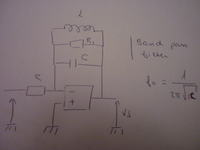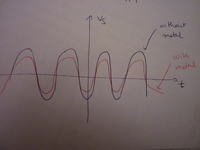anun
Member level 1
- Joined
- May 6, 2005
- Messages
- 36
- Helped
- 6
- Reputation
- 12
- Reaction score
- 3
- Trophy points
- 1,288
- Location
- Philippines
- Activity points
- 1,600
can anybody explain to me plz how a metal detector works??? tnx
Follow along with the video below to see how to install our site as a web app on your home screen.
Note: This feature may not be available in some browsers.
Yes they can,, but the detector isn't based on inductance change.But does that mean that non ferromagnetic metals can't be detected by metals detectors ?
if your not dealing with explosives then PI method is best
Yes they can,, but the detector isn't based on inductance change.

